The first magnetar flare from another galaxy was traced to your home!
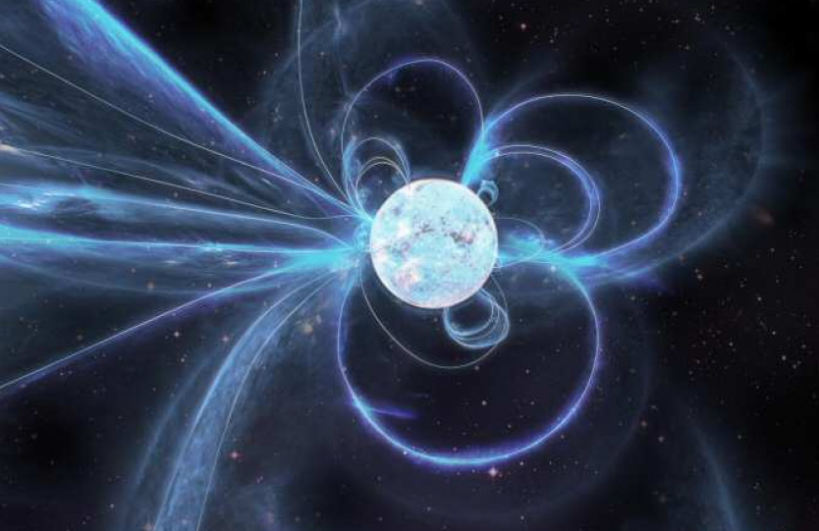
For the first time astronomers have definitively detected a flaming magnetar in another galaxy, these ultra-magnetic stellar corpses were thought to be responsible for some of the highest-energy explosions in the nearby universe.
Astronomers have seen flaming magnetars in the Milky Way, but they are so bright it’s impossible to see them well, possible flashes of flaming magnetars may have been seen before in other galaxies as well; but the others were all a bit circumstantial and not quite as rock solid. The first signal from the magnetar came as a burst of X-rays and gamma rays in April 2020. Five telescopes in space, including the Fermi Gamma-ray Space Telescope and the Mars Odyssey orbiter, observed the burst, giving scientists plenty of information. to trace by its origin: the galaxy NGC 253, or the Sculptor galaxy, 11.4 million light-years away.
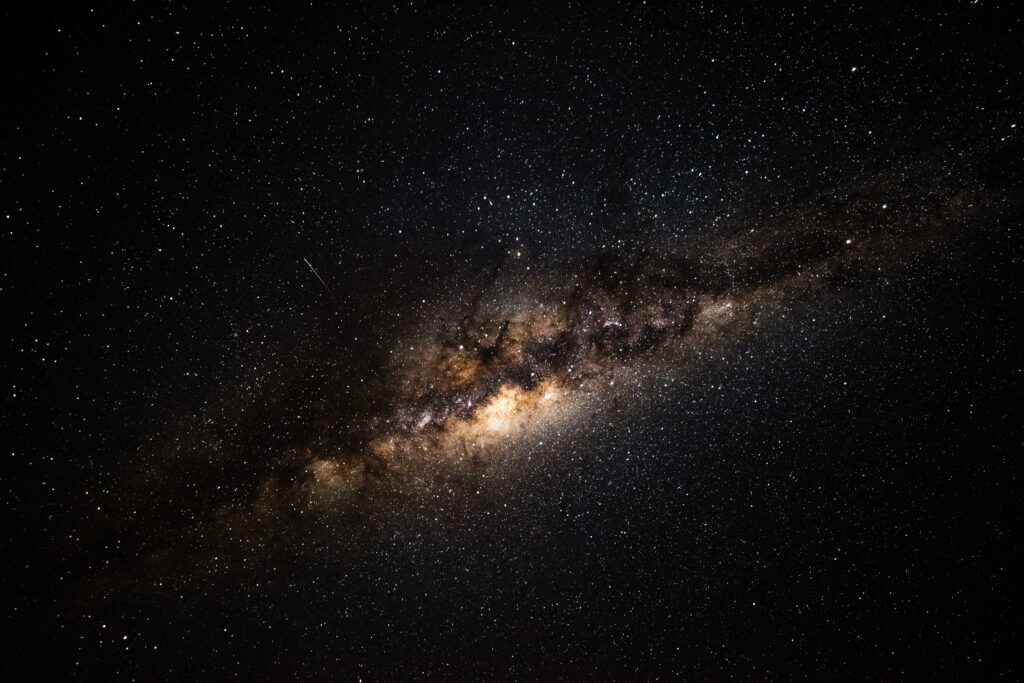
At first, astronomers thought the burst was a type of cataclysmic explosion called a short gamma-ray burst, or GRB, which is usually caused by colliding neutron stars or other destructive cosmic events. But the signal looked strange for a short GRB: it peaked quickly, in two milliseconds, dipped for another 50 milliseconds, and seemed to be done in about 140 milliseconds. As the signal faded, some of the telescopes detected fluctuations in the light that change faster than a millisecond.
The typical short GRBs that result from a neutron star collision do not change so, according to astrophysicists, it fades in and out of view as the magnetar spins. Then, surprisingly, the Fermi telescope picked up gamma rays with energies greater than one gigaelectronvolt that arrived four minutes after the initial burst, there’s just no way for known short GRB sources to do that.
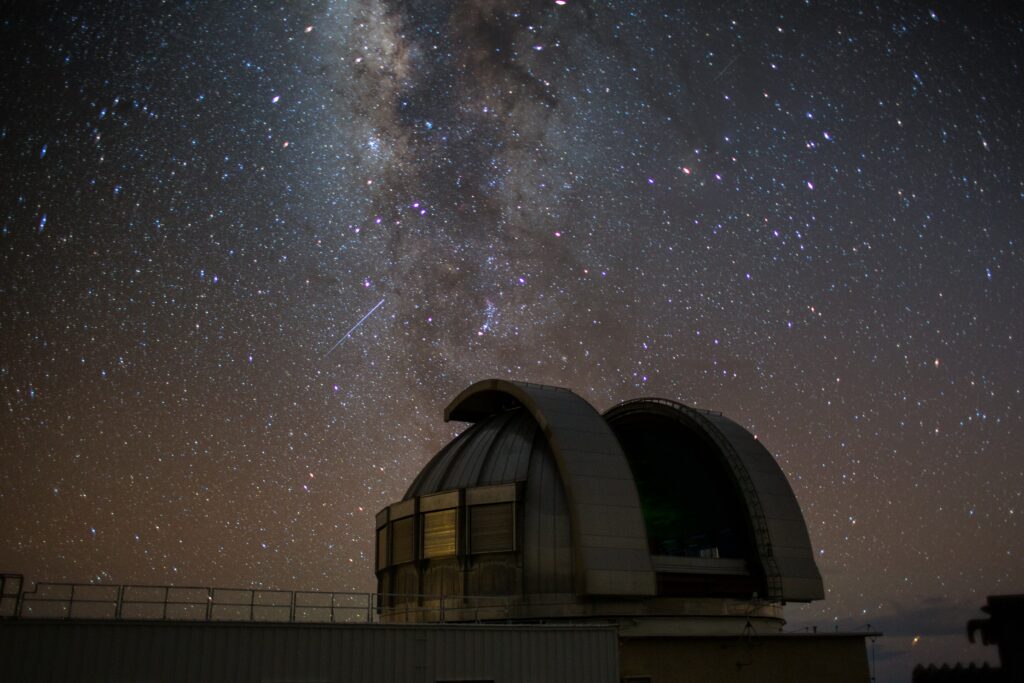
Researchers believe the flare was triggered by a massive starquake, one billion trillion trillion, or 1027, times larger than the magnitude 9.5 earthquake recorded in Chile in 1960. The quake caused the magnetar to release a blob of plasma that sped away at nearly the speed of light, emitting gamma rays and X-rays as it went.

The discovery suggests that at least some signals that look like short GRBs are coming from magnetar eruptions, as astronomers have long suspected, it also means that three previous events that astronomers had flagged as possible magnetar eruptions were likely actually due to the magnetized stellar corpses, giving astronomers a population of magnetar eruptions to compare with each other.

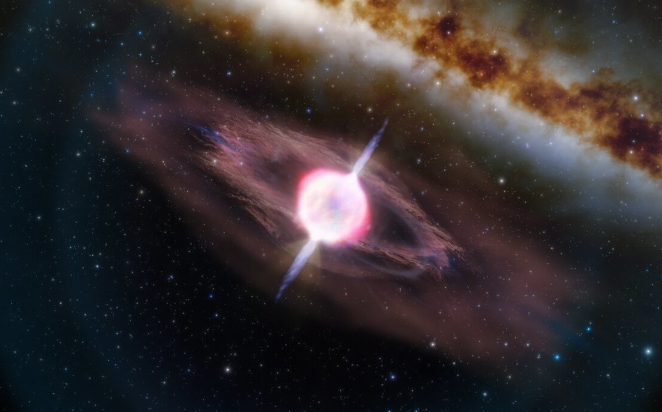
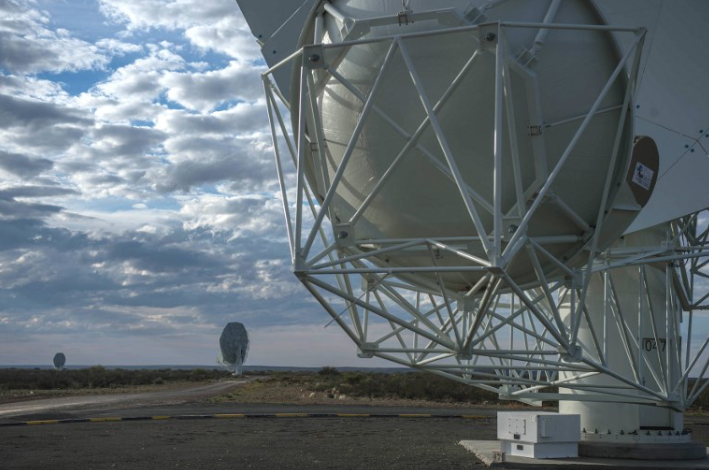
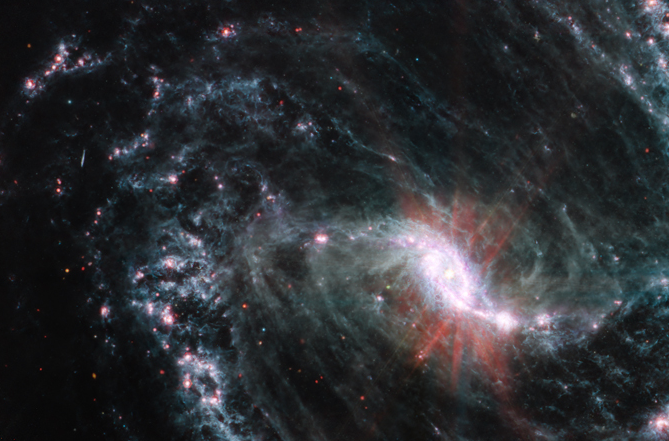
Responses